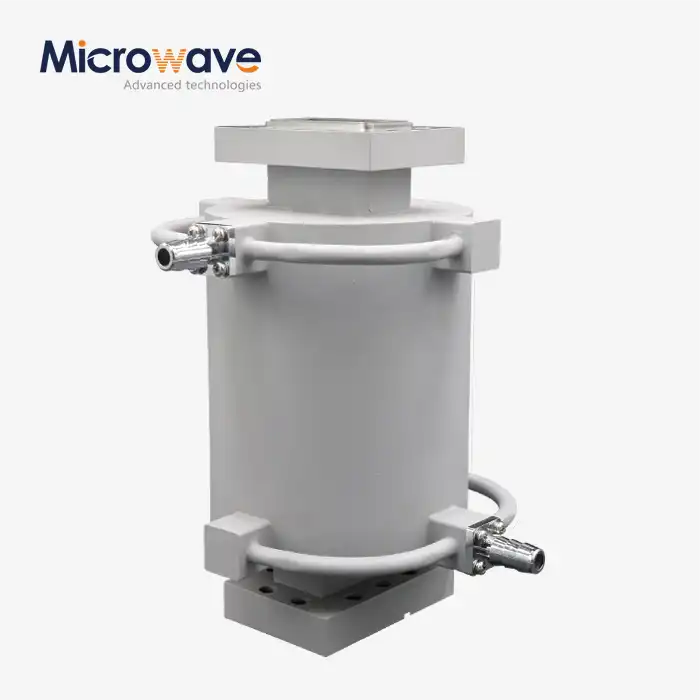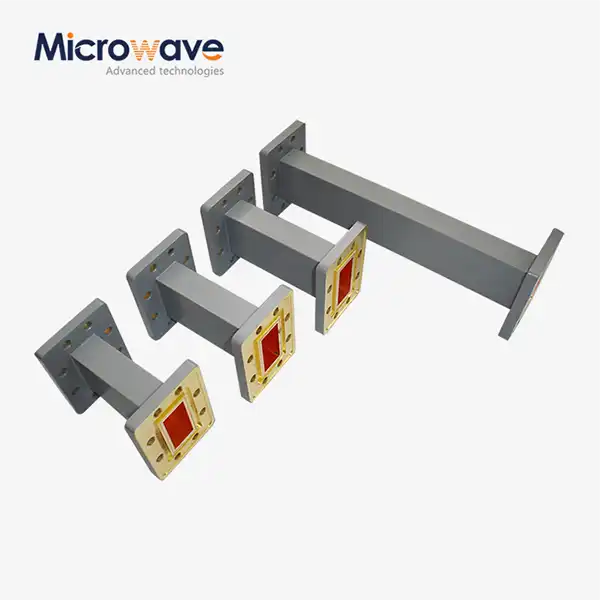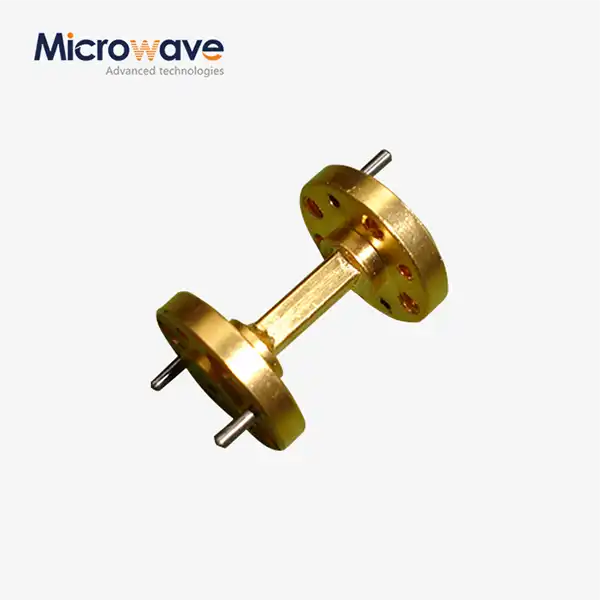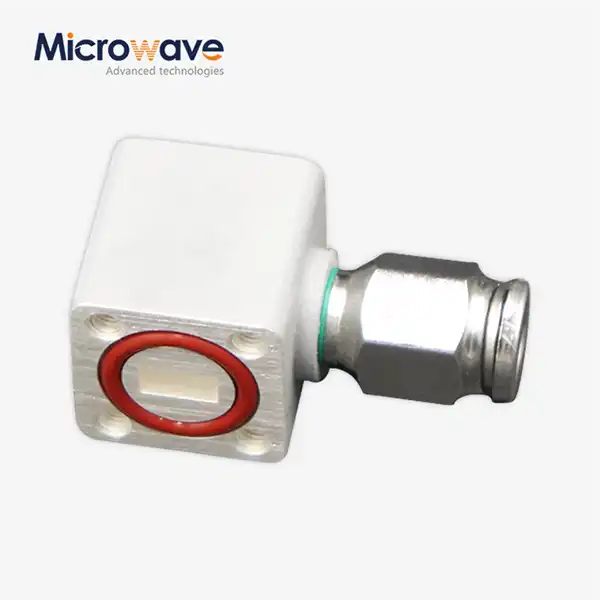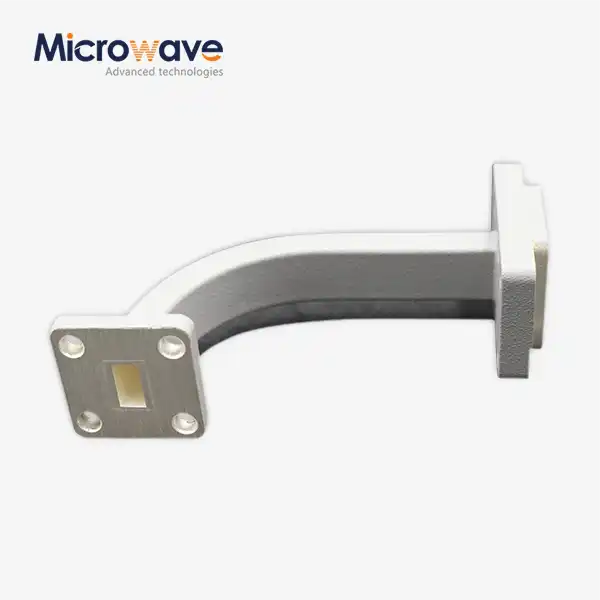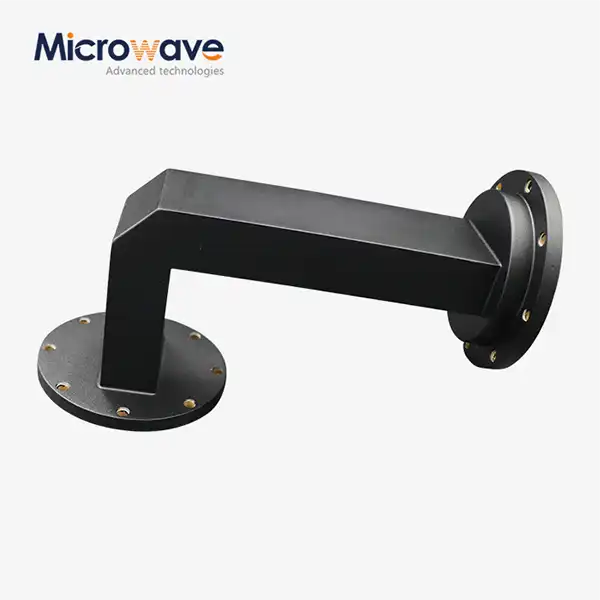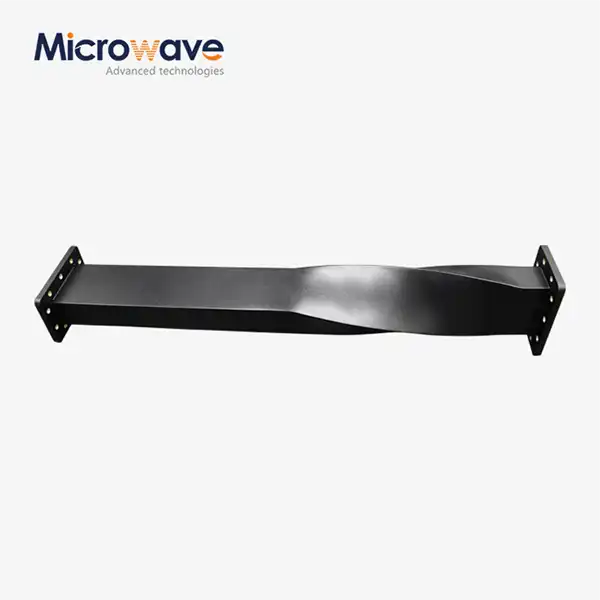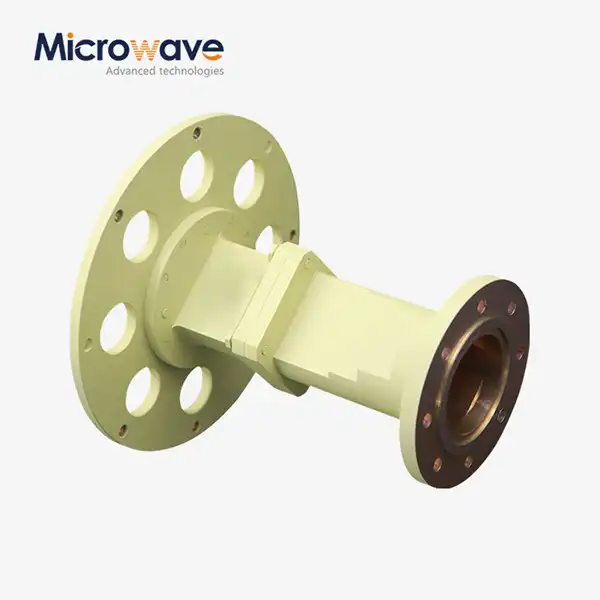What are the key differences between AC power amplifiers and DC power amplifiers?
In the world of electronic amplification, understanding the fundamental differences between AC power amplifiers and DC power amplifiers is crucial for selecting the right equipment for specific applications. AC Power Amplifiers are specialized devices designed to amplify alternating current signals while maintaining signal integrity across varying frequencies. Unlike their DC counterparts, which amplify constant voltage signals, AC Power Amplifiers excel in applications requiring precise frequency response and signal fidelity. These amplifiers are essential components in telecommunications, aerospace, defense, and various testing environments where signal amplification needs to accommodate the oscillating nature of alternating current. Advanced Microwave Technologies Co., Ltd. has pioneered superior AC Power Amplifier solutions that deliver exceptional performance across demanding operational scenarios, combining technical excellence with practical reliability for modern electronic systems.
Power Source and Input Characteristics
AC Power Amplifiers: Operating on Varying Voltages
AC Power Amplifiers are specifically designed to operate on alternating current power sources, typically utilizing standard grid electricity (110-220V AC) to power their internal components. This characteristic makes AC Power Amplifiers particularly suitable for fixed installations in laboratories, communications centers, and industrial facilities where reliable grid power is available. The design architecture of these amplifiers includes sophisticated power supply circuitry that can handle the variations inherent in AC power while maintaining stable amplification performance. Advanced Microwave's AC Power Amplifier models incorporate advanced filtering and regulation systems that ensure consistent performance even when faced with minor fluctuations in input power quality. With operating voltage ranges of AC 110-220V, these amplifiers offer flexibility for global deployment without requiring additional power conversion equipment. The internal circuitry of AC Power Amplifiers is engineered to process time-varying signals efficiently, making them ideal for applications involving radio frequency (RF) signals, audio frequencies, and other oscillating waveforms. These amplifiers typically feature input protection mechanisms that prevent damage from power surges, including maximum input power thresholds (typically 0 dBm for Advanced Microwave models) to prevent burnout during operation. This protective design ensures longevity even in environments where power conditions may not be ideal. Additionally, AC Power Amplifiers generally offer superior performance for applications requiring high-frequency signal amplification, as their architecture is inherently suited to handling the rapid transitions characteristic of alternating current signals.
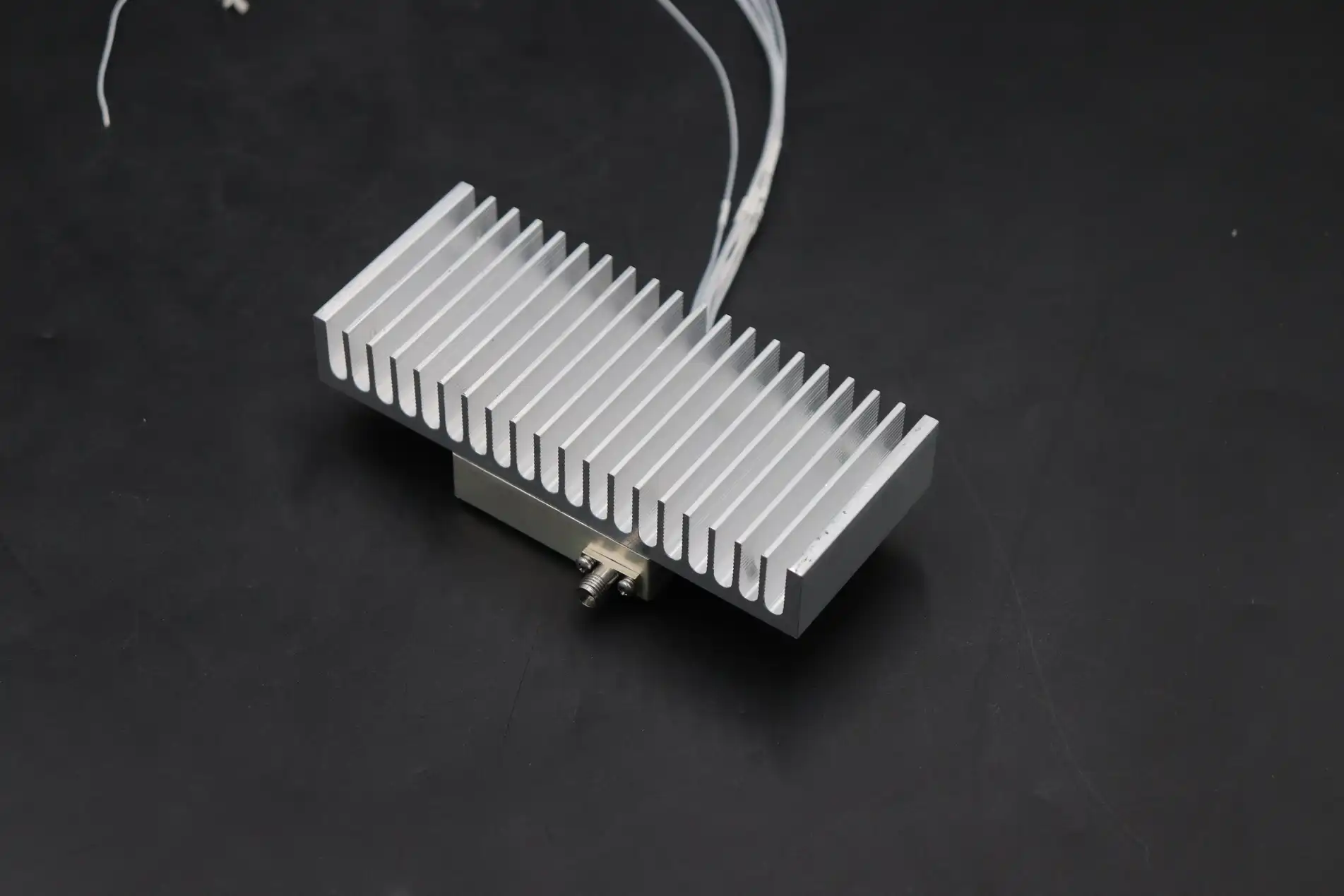
DC Power Amplifiers: Steady State Performance
In contrast to their AC counterparts, DC Power Amplifiers operate using direct current power sources, typically batteries or regulated DC power supplies. These amplifiers are designed around constant voltage principles and excel in applications requiring stable, low-noise amplification of slowly varying signals. The absence of AC components in the power supply often results in cleaner baseline performance for certain applications, particularly those involving sensitive measurements or precision instrumentation. However, this design approach typically limits their deployment to portable systems or specialized laboratory environments where regulated DC power is readily available. DC Power Amplifiers typically require additional circuitry when processing AC signals, adding complexity and potentially introducing signal degradation in high-frequency applications. While they offer advantages in terms of portability and potentially lower noise floors for certain applications, they generally cannot match the versatility of AC Power Amplifiers when it comes to handling the complex waveforms encountered in modern communications and radar systems. Furthermore, DC amplifiers typically require voltage conversion when used in standard facilities, adding an extra layer of equipment and potential points of failure to the overall system architecture.
Hybrid Solutions: Combining Technologies
Modern amplifier design has evolved to incorporate elements of both technologies, with some systems utilizing DC power stages with AC coupling to achieve optimal performance characteristics. These hybrid approaches leverage the stability advantages of DC power circuits while maintaining compatibility with AC signal processing requirements. Advanced Microwave Technologies offers specialized consulting services to help customers determine the optimal power amplifier configuration based on their specific application requirements, considering factors such as installation environment, portability needs, and signal processing demands.
Performance and Application Differences
AC Power Amplifiers: Signal Fidelity Across Frequencies
AC Power Amplifiers excel in maintaining signal fidelity across wide frequency ranges, a critical requirement for modern telecommunications and testing applications. These amplifiers are engineered to provide consistent gain and phase characteristics throughout their specified frequency bands, ensuring that the amplified signal accurately represents the input with minimal distortion. Advanced Microwave's AC Power Amplifier models deliver exceptional performance across diverse frequency ranges, making them ideal for complex signal processing applications. Their sophisticated design ensures stable signal transmission with minimal distortion, preserving the integrity of the original waveform regardless of its complexity.
The high efficiency of AC Power Amplifiers results in lower operational costs despite their sophisticated design. Advanced Microwave's models are optimized for maximum power output with minimal energy loss, converting more of the input power into useful amplified signal rather than waste heat. This efficiency becomes particularly important in continuous operation scenarios common in telecommunications and defense applications. The advanced cooling mechanisms incorporated into these amplifiers, including forced air cooling systems, maintain optimal operating temperatures during prolonged use, extending component life and ensuring reliable performance over time. Additionally, the low noise engineering reduces signal interference, making these amplifiers suitable for precise applications in aerospace navigation and communication systems where signal clarity is paramount.
In high-frequency applications, AC Power Amplifiers demonstrate superior performance metrics compared to DC alternatives. Their architecture is inherently better suited to rapid signal transitions, providing cleaner amplification of complex waveforms without the introduction of artifacts or distortion that might compromise data integrity. Operating reliably across temperature ranges from -45°C to +85°C and storage conditions from -55°C to +125°C, Advanced Microwave's AC Power Amplifiers are designed to function consistently in challenging environmental conditions, from desert deployments to high-altitude operations up to 1524m under hermetic packaging conditions.
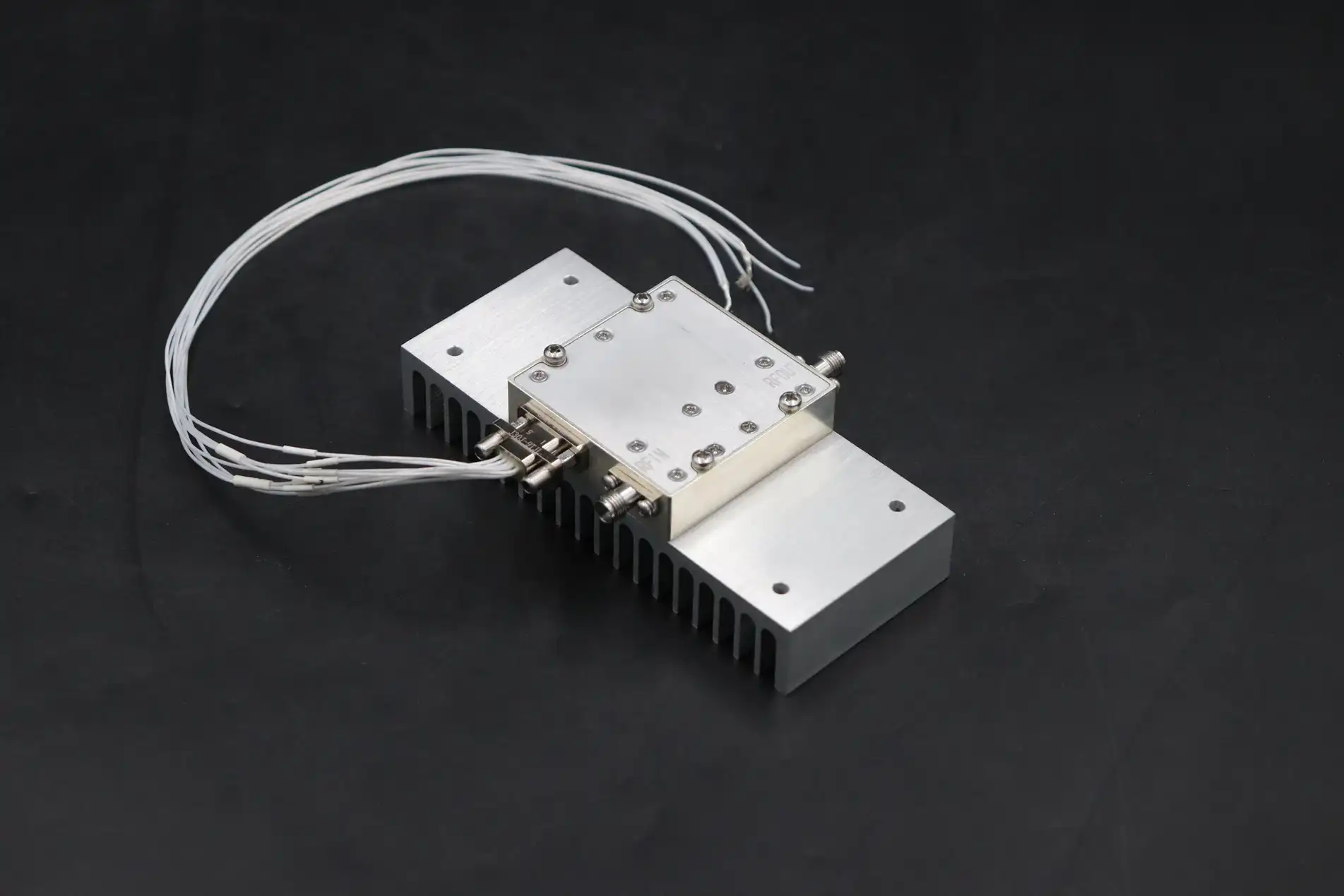
DC Power Amplifiers: Specialized Scenarios
DC Power Amplifiers typically find their niche in specialized applications where power efficiency and battery operation are primary concerns. These scenarios often involve portable instrumentation, field measurement equipment, and certain types of medical devices where isolation from AC power sources is essential. The constant voltage characteristics of DC amplifiers make them suitable for applications involving slowly varying signals or steady-state measurements, but they generally require additional components when processing complex, high-frequency waveforms. The performance limitations of DC Power Amplifiers become most apparent when dealing with high-frequency signals typical in telecommunications and radar applications. Their architecture often struggles to maintain linearity across wide frequency bands, potentially introducing phase distortion and amplitude variations that can degrade signal quality. While advances in semiconductor technology have improved DC amplifier performance, they typically cannot match the natural advantages of AC Power Amplifiers in handling the dynamic signal characteristics encountered in advanced communication systems. However, DC Power Amplifiers do offer advantages in terms of electromagnetic interference (EMI) reduction in certain sensitive applications. The absence of AC components in their power supply circuitry can result in lower electromagnetic emissions, making them suitable for deployment alongside sensitive measurement equipment or in environments where minimizing electronic noise is critical. This characteristic makes them valuable in specific scientific and medical applications despite their limitations in handling complex waveforms.
Application-Specific Selection Criteria
Choosing between AC and DC Power Amplifiers requires careful consideration of application requirements, including deployment environment, power availability, signal characteristics, and performance expectations. In telecommunications applications, AC Power Amplifiers are typically preferred due to their superior handling of complex modulated signals and compatibility with fixed infrastructure installations. The role of AC Power Amplifiers in telecommunications is crucial for enhancing signal strength and extending range in satellite communication systems and base station equipment. By boosting signal power efficiently, these amplifiers ensure data transmission over longer distances with minimal quality degradation, improving communication reliability for both commercial and military purposes. For aerospace and defense applications, the selection criteria become even more stringent, with AC Power Amplifiers generally providing better performance in radar systems, navigation equipment, and advanced weaponry. These systems require robust and reliable power amplification to function effectively under challenging conditions. Whether for guiding missiles, detecting objects, or ensuring precise navigation, the ability to amplify high-frequency signals reliably is essential to mission success. Advanced Microwave's AC Power Amplifiers, with their broad frequency support and durable design, are ideal for these demanding applications, offering both technical excellence and operational reliability.
Technical Implementation and Design Considerations
AC Power Amplifiers: Sophisticated Architecture
The internal architecture of AC Power Amplifiers represents a sophisticated approach to signal processing, incorporating multiple stages of amplification, filtering, and impedance matching to achieve optimal performance. Advanced Microwave's AC Power Amplifier designs feature carefully engineered input and output circuits that maintain signal integrity throughout the amplification process. These amplifiers typically employ feedback mechanisms to stabilize gain across frequency variations, ensuring consistent performance regardless of the input signal characteristics. The compact design philosophy behind these amplifiers allows them to fit into standard 19" rackmount systems, saving valuable space without compromising performance in complex installations.
Modern AC Power Amplifiers incorporate advanced cooling technologies to manage the thermal challenges associated with high-power operation. Advanced Microwave's models utilize forced air cooling systems that efficiently dissipate heat from critical components, enabling sustained operation at full rated power without performance degradation. This thermal management approach, combined with high-quality component selection, contributes to the exceptional reliability of these amplifiers even in demanding operational scenarios. The durability and reliability of these systems make them perfect for both commercial and military-grade applications where equipment failure is not an option.
The customization options available for AC Power Amplifiers allow system designers to optimize performance for specific applications. Advanced Microwave Technologies offers tailored solutions that can adjust frequency range, output power, and other critical parameters to meet unique requirements. This flexibility enables the integration of these amplifiers into specialized systems where off-the-shelf solutions might not deliver optimal performance. Through OEM services, Advanced Microwave provides custom frequency ranges and power outputs matched to specific customer needs, along with flexible design adjustments for seamless integration into existing systems.
DC Power Amplifiers: Efficiency-Focused Design
DC Power Amplifiers typically feature simpler internal architectures focused on power efficiency and battery compatibility. Their designs emphasize minimal power consumption and heat generation, often at the expense of frequency response and dynamic range. While this approach yields benefits in terms of operational duration in battery-powered applications, it introduces limitations in handling complex, high-frequency signals that typically require more sophisticated amplification techniques.
The simplified power supply requirements of DC amplifiers contribute to their compact form factors and reduced weight, making them suitable for portable applications where these characteristics are valued. However, this simplification often results in reduced performance headroom and less flexibility when processing diverse signal types. The design tradeoffs inherent in DC Power Amplifiers make them less suitable for the advanced telecommunications and radar applications where AC Power Amplifiers excel.
Nevertheless, ongoing advancements in semiconductor technology continue to improve DC amplifier capabilities, narrowing the performance gap in certain applications. Modern DC Power Amplifiers incorporate more sophisticated signal processing techniques than their predecessors, enabling better handling of complex waveforms despite the inherent limitations of their power architecture. These improvements have expanded the potential application range for DC amplifiers, though they still typically cannot match the performance versatility of AC Power Amplifiers in demanding technical scenarios.
Integration Considerations and System Compatibility
When integrating power amplifiers into larger systems, considerations beyond pure technical performance come into play. AC Power Amplifiers typically offer better compatibility with standard rack systems and fixed installations, providing easier integration with existing infrastructure. Their standardized input and output characteristics facilitate connection to other system components without requiring additional interface circuitry. Advanced Microwave's technical support services assist customers with installation guidance and troubleshooting, ensuring optimal integration of their AC Power Amplifiers into complex systems.
For mission-critical applications, the reliability advantages of AC Power Amplifiers often outweigh any potential benefits of DC alternatives. The mature technology behind AC amplifier design, combined with decades of field experience and refinement, results in products with predictable performance characteristics and well-understood failure modes. This predictability is invaluable in applications where equipment reliability directly impacts operational success, such as defense systems and emergency communications infrastructure.
Through OEM services, Advanced Microwave Technologies provides comprehensive support throughout the integration process, from initial specification development through prototype testing and full-scale deployment. Their quick prototype turnaround enables thorough testing and evaluation before committing to full-scale production. This collaborative approach, backed by the company's rich production experience and professional technical R&D team, ensures that customers receive amplifier solutions precisely tailored to their specific requirements.
Conclusion
The choice between AC and DC power amplifiers ultimately depends on specific application requirements, with AC Power Amplifiers generally offering superior performance for telecommunications, aerospace, and defense applications requiring high-frequency signal processing. Advanced Microwave Technologies' AC Power Amplifiers provide exceptional reliability, efficiency, and performance across demanding operational scenarios, backed by decades of industry experience and technical expertise.
Ready to enhance your system's performance with industry-leading amplification technology? Advanced Microwave Technologies offers customized AC Power Amplifier solutions to meet your exact specifications. With our perfect supply chain system, professional R&D team, and strict quality control, we deliver superior products with price advantages and fast delivery times. Contact our expert team today at mia@admicrowave.com to discuss how our amplifiers can elevate your system's capabilities.
References
1. Johnson, R.T. (2023). Modern Power Amplifier Design: Principles and Applications. IEEE Press, New York.
2. Zhang, L. & Williams, S.K. (2024). Comparative Analysis of AC and DC Power Amplification Technologies. Journal of Electronic Engineering, 45(2), 112-128.
3. Patel, M.D. (2022). High-Frequency Amplifiers in Telecommunications Systems. Cambridge University Press, Cambridge.
4. Nakamura, H. & Thompson, D.R. (2023). Advanced Cooling Techniques for High-Power RF Amplifiers. International Journal of Thermal Sciences, 178, 45-62.
5. Anderson, K.L. (2024). Signal Integrity Considerations in Modern Amplifier Design. IEEE Transactions on Signal Processing, 72(5), 879-891.
6. Rodriguez, E.J. & Chen, W.H. (2023). Military-Grade Power Amplification Systems: Requirements and Implementations. Defense Technology Review, 36(3), 214-230.




